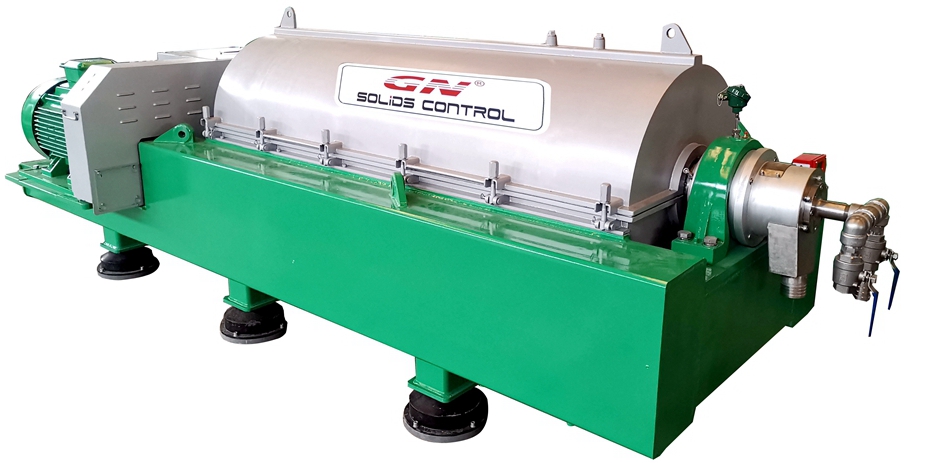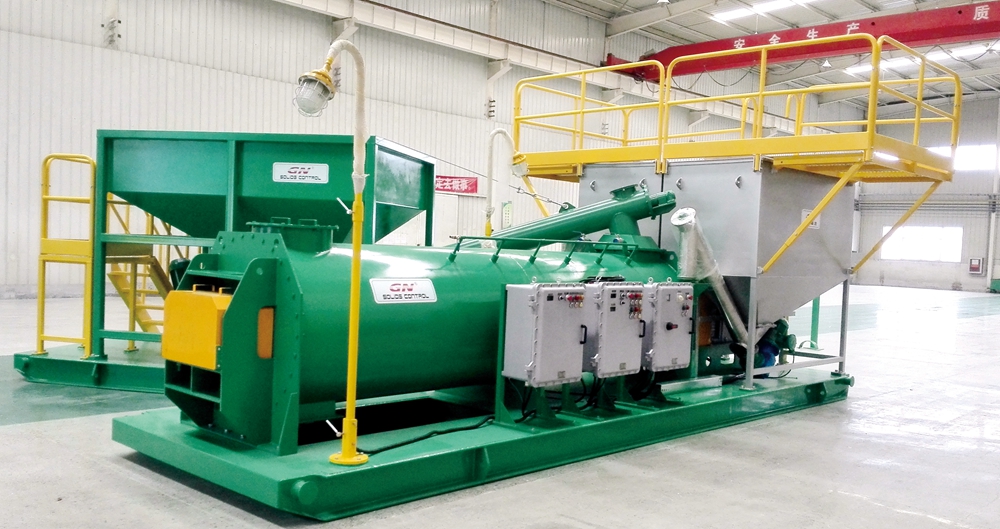As one of the decanter centrifuge manufacturer in China, GN solids control provide complete pre sales and after sales support to our customer. When use a decanter centrifuge, it is important to adjust the parameters during process to reach your required treatment result. And when the decanter centrifuge is used for different applications, its parameter adjustment is different.

In actual operation, the mud quality and amount of sludge may change. To ensure the dehydration effect remains same, the user can reasonably select relevant parameters of the decanter centrifuge based on factors such as the material properties of the suspension, the requirements for liquid and solid phases after separation, and processing capacity, such as processing capacity, bowl rotation speed, differential speed between bowl and screw, and overflow plate diameter, to achieve expected separation result.
When the feed rate remains same, the greater of the differential speed, the shorter time that the sludge stays in the centrifuge bowl . Due to the increased relative movement between the bowl and the screw, the solid recovery rate of dehydration and the solid content of the sludge cake will both decrease, but the processing capacity of the centrifuge will increase.
The smaller of the differential speed, the longer time the sludge stays in the bowl. Due to the reduced relative movement between the bowl and the screw, the solid recovery rate will decrease and the treatment capacity will decrease. The differential speed should not be too small, which may lead to solids accumulation inside the bowl and excessive torque which can damage the centrifuge. The differential speed is normally determined based on the solid content of the material.
The user can adjust the centrifuge feeding pump feed rate and adjust the differential speed by the positive pressurized VFD control panel through PLC touch screen, there are main motor, back drive motor and pump motor VFD installed inside the panel.


